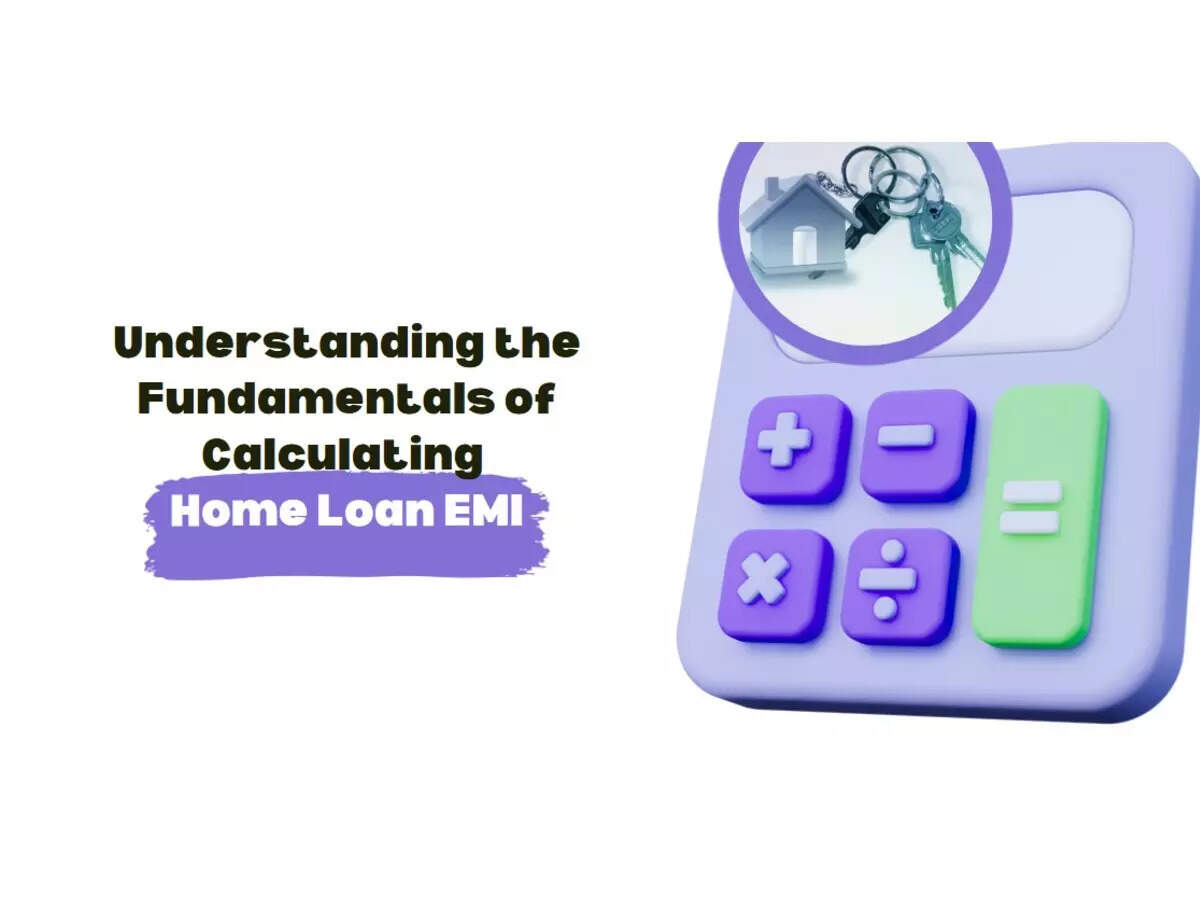Keep reading here to learn how the life of motor insurance is changing the life of insurance companies and drivers.
WhaT traditional motor insurance limitations?
The components that determine the premium of the insurance plan have expired. Traditional motor insurance uses components such as engine capacity, model, location and driver’s demographic profile. All of these factors do not consider the driver’s personal risk capacity, which can lead to accidents.
Because of this, safe drivers offer premiums as high-rich drivers. This prevents safe drivers from enjoying any additional insurance benefits for their safe driving habits. Therefore, somehow traditional motor insurance is failing to promote safe driving.
WoIs the army changing the motor insurance in the hat army?
Many troops have made regulatory changes in Indian motor insurance. These are as follows:
- TechnoLogical Innovation: Due to the increasing use of technical innovation and artificial intelligence (AI), innovation has increased in India’s motor insurance sector. Therefore, changes in the regulation of motor insurance have been required.
- CHangs in the customer’s choice: Customer preferences are changing and they are leaning towards the use of electric vehicles. With this EV entered the Indian market, the regulation changes are inevitable. In addition, the increase in the use of digital platforms and use-based models also requires more strict rules.
- Regulatory improvement: India (IRDAI) of the Insurance Regulatory and Development Authority has updated financial discipline and more transparent accounting methods to the insurance rules. This has also changed motor insurance in India.
Motor insurance regulatory improvement in India
Changing the motor insurance industry in India is also run by regulatory reforms. These improvements are as follows:
- STAndadized Policy: Regulators have made it easier to understand customers to facilitate motor insurance policies. This significantly increases the confidence of the customer. Insuranceers should now follow clear guidelines and avoid hidden terms or confusing clauses.
This is done to ensure that customers choose information. With the standard of standard, it is easy to compare the strategies, helping buyers to choose what their needs are really favorable.
- Use and file framework: The identity of the ‘use and file’ system allows the insured to start new products without pre -approval, which promotes innovation. Insuranceers now offer flexible options like ‘pay-like-you-go’ and ‘pay-that-you-drive’.
These modern plans align the premium with driving behavior. Various insurance companies have already accepted this technique. In this way, customers benefit from more personalized policies, especially those who drive less vehicle or maintain safe driving habits.
- Long -term policies: To ensure continuous coverage, the Supreme Court made a long-term third-party insurance for new vehicles. Private car owners now need three years of policies and two -year owners should choose five years of plans.
With their insurance policy’s long period of time, the drivers avoid annual renovation and consistently maintain legal and financial protection.
Technical progress in the motor insurance sector in India
The driving force of the motor insurance industry in India has seen some technical progress. These are as follows:
- Telemetics: This technology provides personalization of all their motor insurance plans. With the use of telemetics device and AI technology, insurance companies are also capable of implementing uses-based models. This helps to create their plans according to their customers’ driving habit.
- DATA analyzes: Consumers’ experience has increased greatly due to the integration of this technology. By analyzing their customers’ data and industry trends, insurance companies can best fix them all their problems.
In addition, the use of this technology has made it easier to adapt to the changes in the changs in the customer’s choice. Claim settlement, purchase and updating insurance have become convenient for customers such as processing and more.
- Electric and autonomous vehicles
The insurance provider is designing special strategies for electric and autonomous vehicles. Electric cars have battery-specific risks, while self-driving Take requires clarity of responsibility. Therefore, the coverage created now meets unique dangers and maintenance needs, which ensure that future vehicles remain protected under the developmental insurance model.
Base line
Regulatory changes in India’s motor insurance are paving the way for smart, more consumer-centric industries. As the digital adoption is increasing and the types of new vehicles come on the road, these reforms are helping to ensure that insurance is increasing. So, keeping aware of this shift helps you to increase better, more confidence.
Disclaimer: The content above is not invalid and thereby a discontent of any and all guarantees, expressed or indicated, or indicated. The TIL does not guarantee, assure, assure or inevitably support any of the above content or is not responsible for them in any way. The article does not advise investment. Please take all the steps needed to determine if any information and content provided is correct, updated and verified.
.










